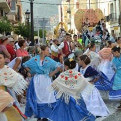

Hispanic Christmas food is full of exquisite flavors and varies dramatically from area to area. In Latin America, served dishes are completely different from what you would eat in Spain on Christmas Eve.
This rich variety brings unique tastes that you should try for yourself, so join us in this gastronomic adventure and try new flavours for your Christmas.
Ready to feast?
Hispanic Christmas Food
Mexican Food
At a Mexican Christmas dinner, you can find several dishes to share with the family, but seven main dishes can’t be missed.
The guajolote takes center stage at the table, which is nothing more than an American style turkey, but with a Mexican twist. The turkey is stuffed with ground pork or vegetables and, of course, with a spicy seasoning characteristic of Mexico.
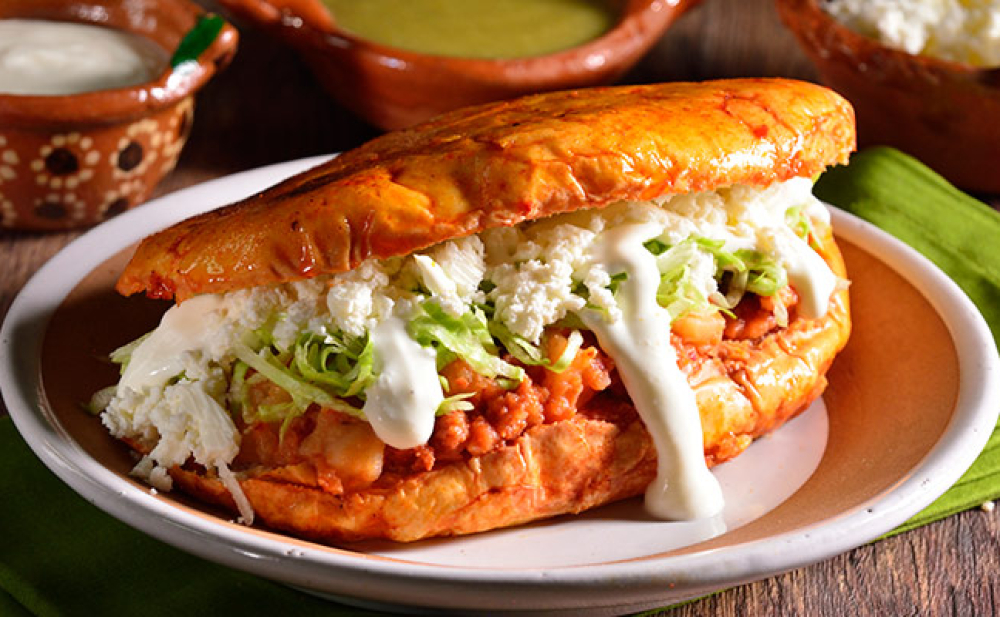
This main dish is accompanied by romeritos, a delicious recipe that combines potatoes, romeritos, almonds, and dried shrimp.
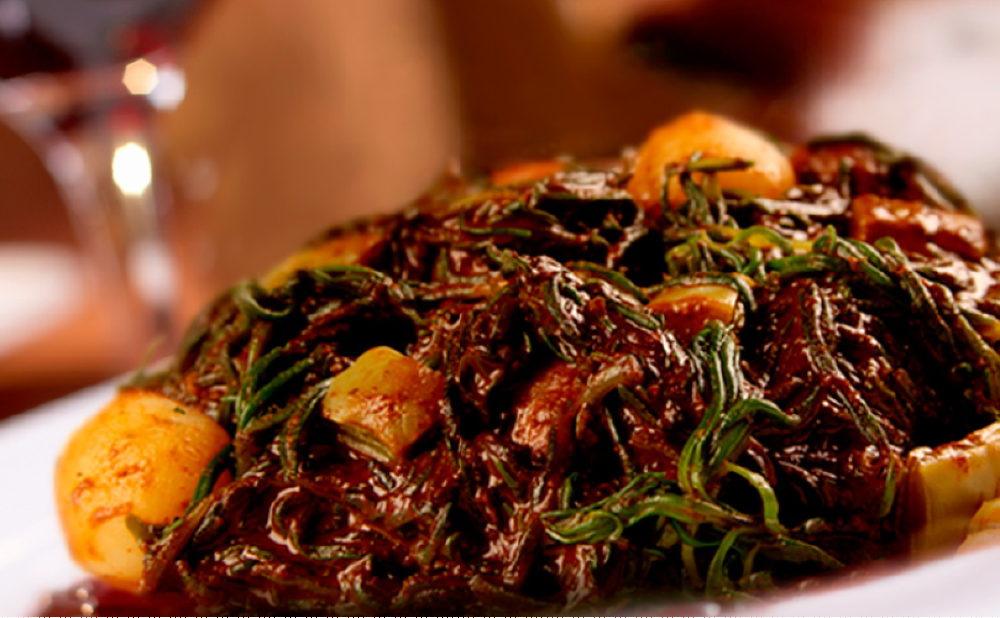
Tamales are not missing from the table and the punch makes its appearance with a mixture of palm wine brandy and assorted fruits such as guava, apple, and prunes.
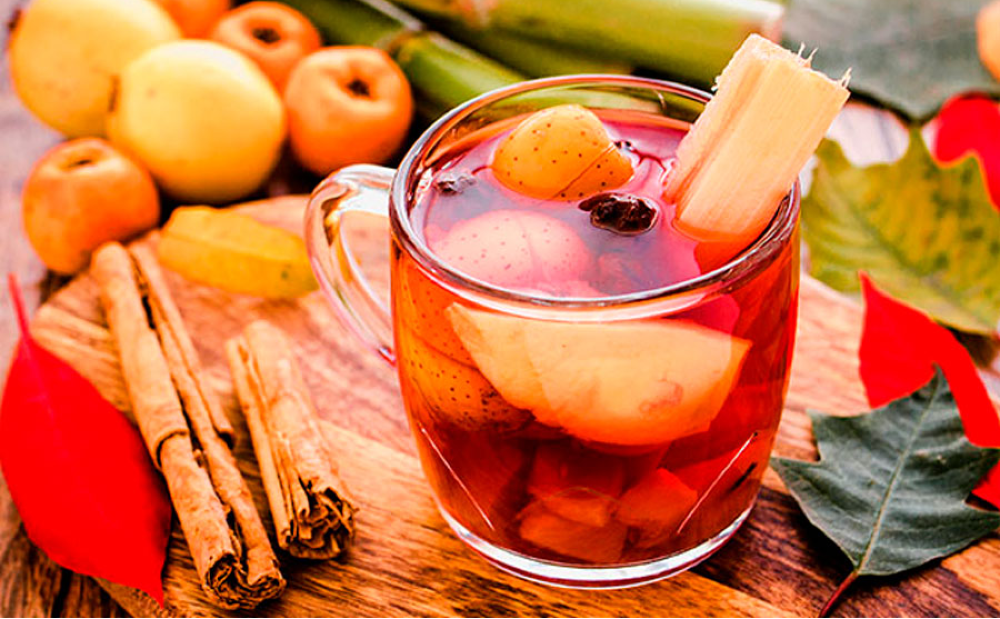
This drink seals the toast and everyone gives thanks. Cheers!
After the meal, the desserts are divided between buñuelos made with piloncillo, cinnamon, and honey, guava atole with cornflour and milk, and apple salad with cream and sugar.
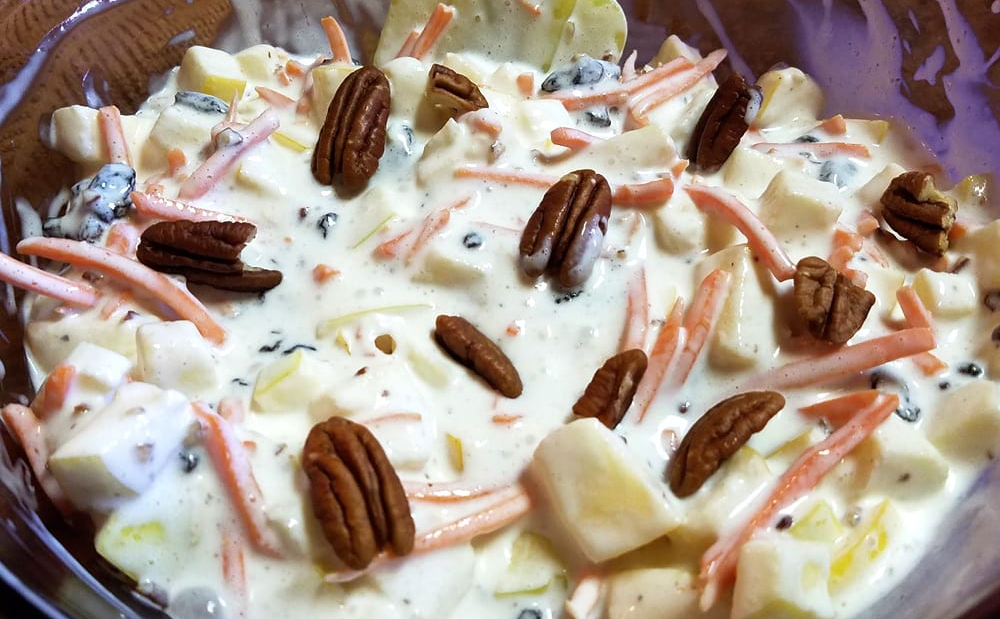
Everyone is satisfied with the delicious Hispanic Christmas food, and the celebration continues among the family until after midnight.
Central American Food
In South and Central America, the fusion of African and indigenous cultures in gastronomy has been maintained until today. For this reason, in countries such as Costa Rica, the famous Tico tamale is made with white corn for the Christmas season.
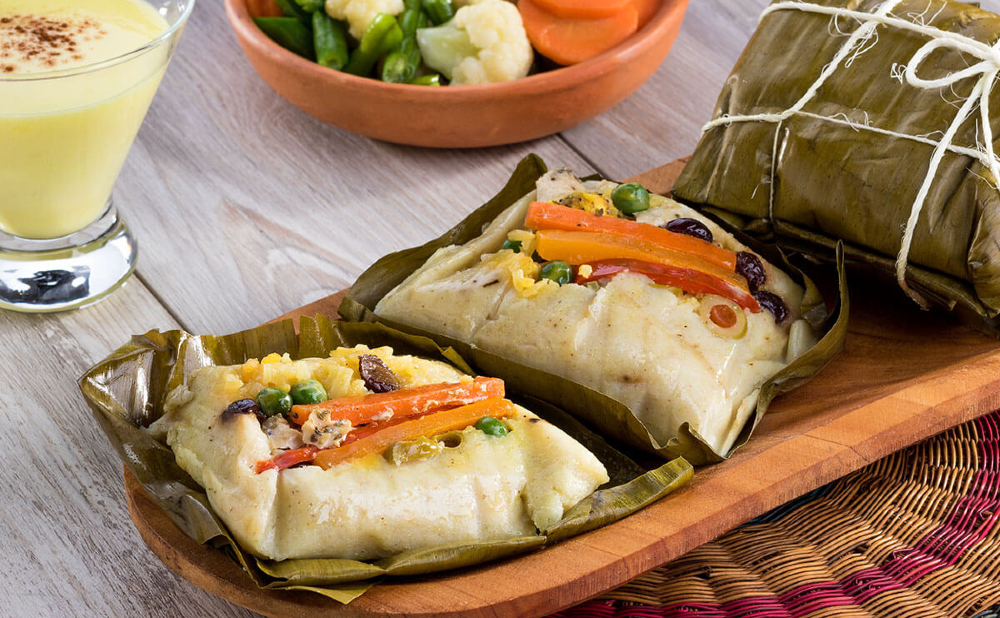
The dish is prepared with seasoned corn dough, to which is added rice, chicken, raisins, meat, pork, onion, among other ingredients which may vary from house to house.
Meanwhile, in Nicaragua, they created their nacatamales; empanadas stuffed with pork. Also, the chicken stuffed with vegetables is prepared, and the gofio dessert (based on corn and rice flavored with anise and cinnamon) closes the dinner.
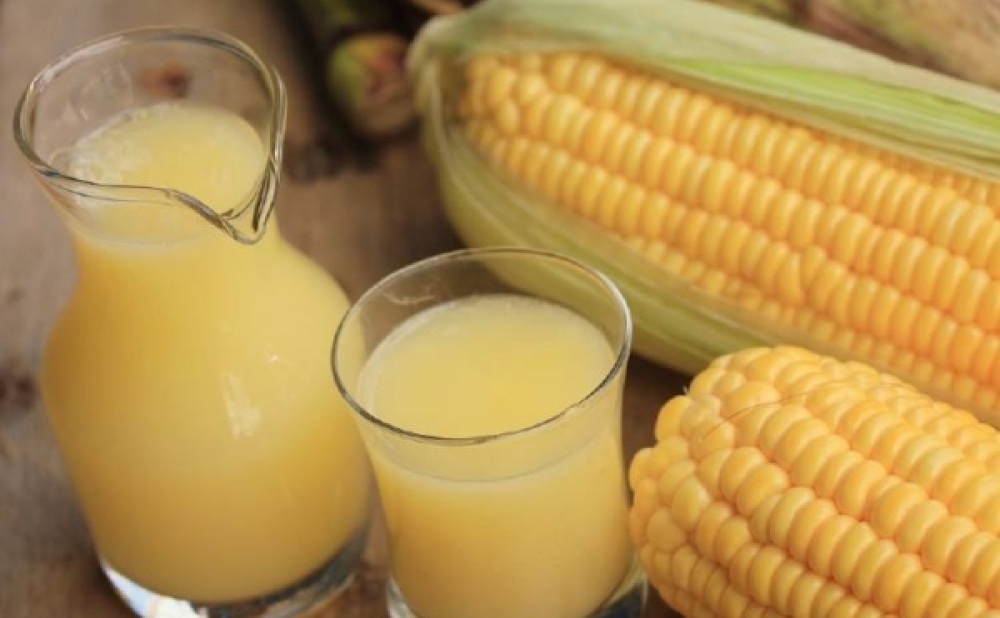
Corn punch serves as the beverage that provides the famous dinner toast.
In Cuba, on the other hand, rum cakes are the stars of the night, and as their name implies, features the famous Cuban rum. But, in addition to this dessert, the dinner is full of plantain dishes, black beans with rice, Cuban bread, and the expected cochifritos (pieces of roasted pork).
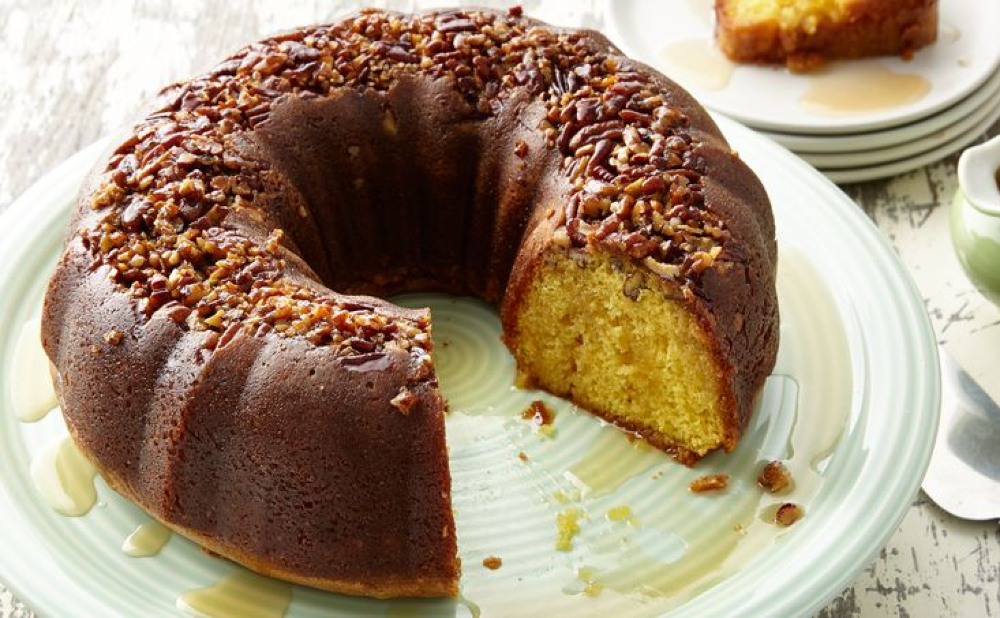
Hispanic Christmas food in the rest of Central America is quite similar, varying from roast beef, turkey in the country’s style and the inevitable tamales with Caribbean seasoning.
Rum is not lacking in these countries, and the evening is closed with fireworks.
South American Food
Colombian Christmas is full of desserts, and two of the standout dishes of this holiday season are sweet.
The buñuelos are the first to appear at the beginning of December. These corn spheres are a fried dough filled with cheese from the coast, giving a delicious blend of sweet and salty flavors.
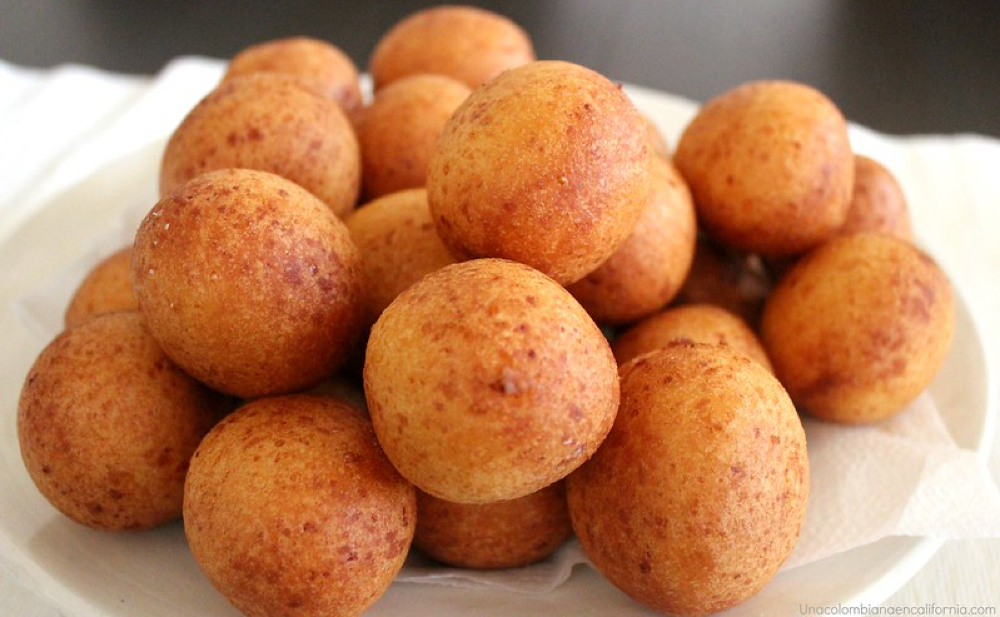
But, without a doubt, the natilla steals the show. This is the most popular dessert during the Christmas season. Its flan-like texture with milk, cinnamon, corn, grated panela, grated cheese, and butter will make you want to order a second round.
Further south is Venezuela with their hallacas, a kind of tamale with chicken, meat, olives, raisins, peppers, and onions, wrapped in a banana leaf and tied with a wick.
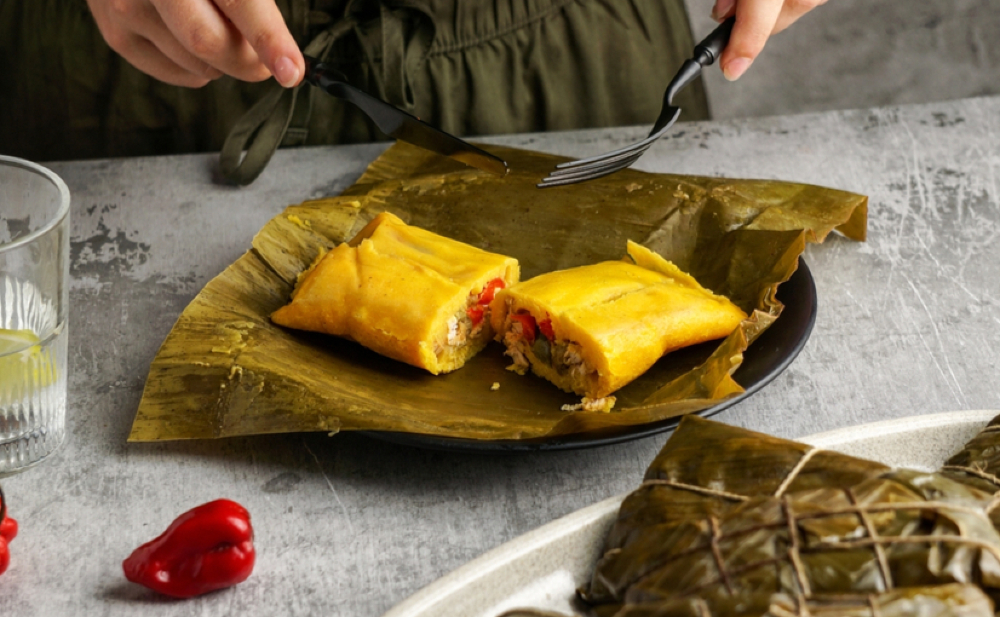
Hallacas are accompanied with pan de jamón, similar to a gypsy arm but made with bread, ham, and olives, and ensalada de gallina like ensaladilla rusa, but with chicken instead of eggs).
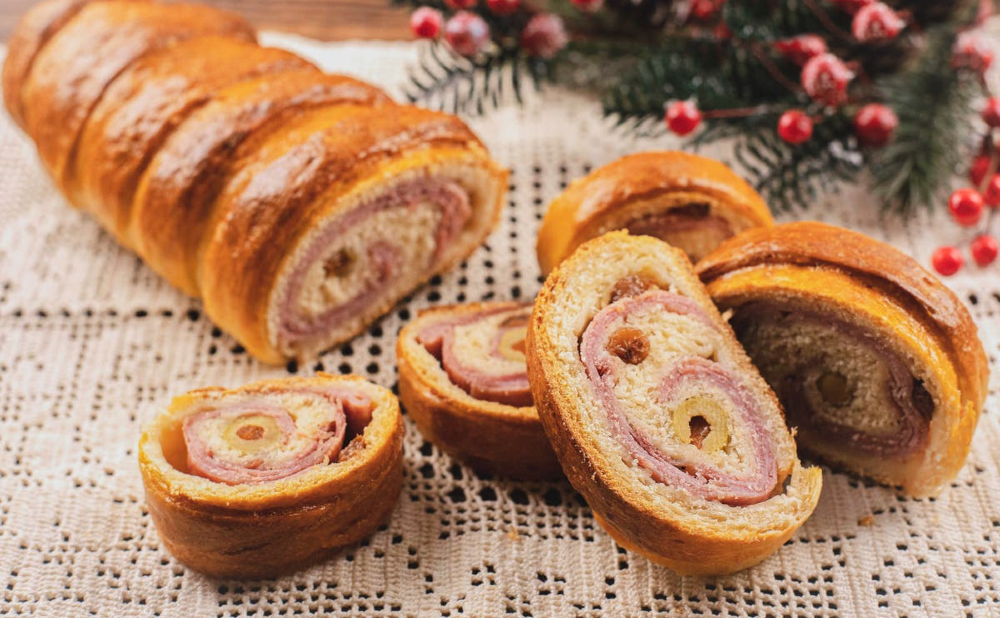
In this country the toast is not left behind, the glasses are filled with a rich cream punch, made with milk, egg, and condensed milk.
In Argentina, they make a drastic change, and their European influence is noticeable. Their most famous dish is vitel toné, a dish of beef or pork cut into steaks and cooked in an anchovy sauce. It is served with mayonnaise and capers.
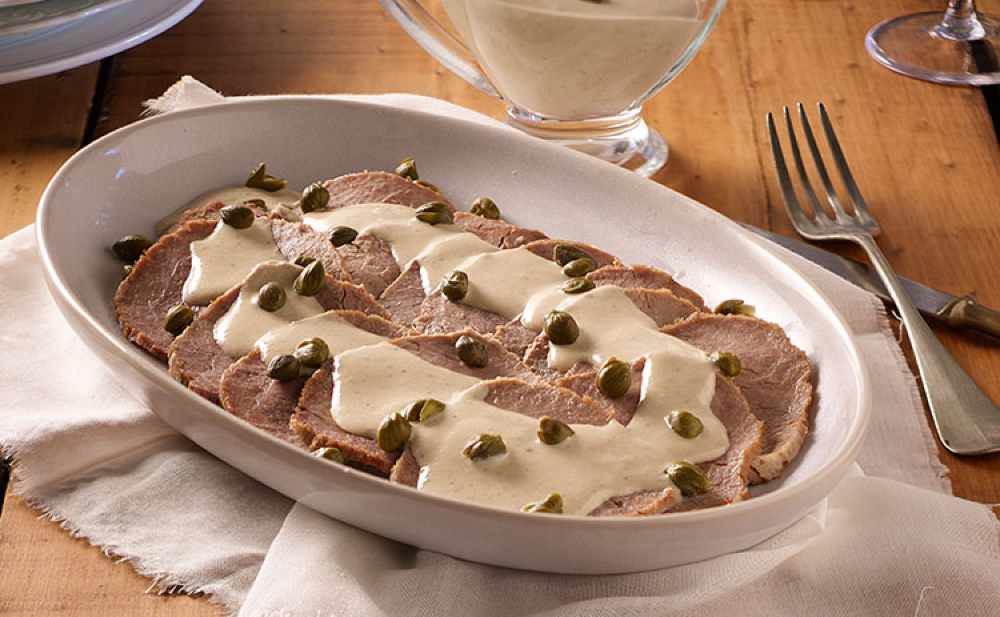
Tomatoes or eggs stuffed with tuna, rice, and cheese are also part of the menu. The strongest weight of European culture is seen in the desserts, from panettone to nougat… worthy of an Italian Christmas.
In other countries, baked pork is usually the most common, along with tamales and sweets characteristic of the area.
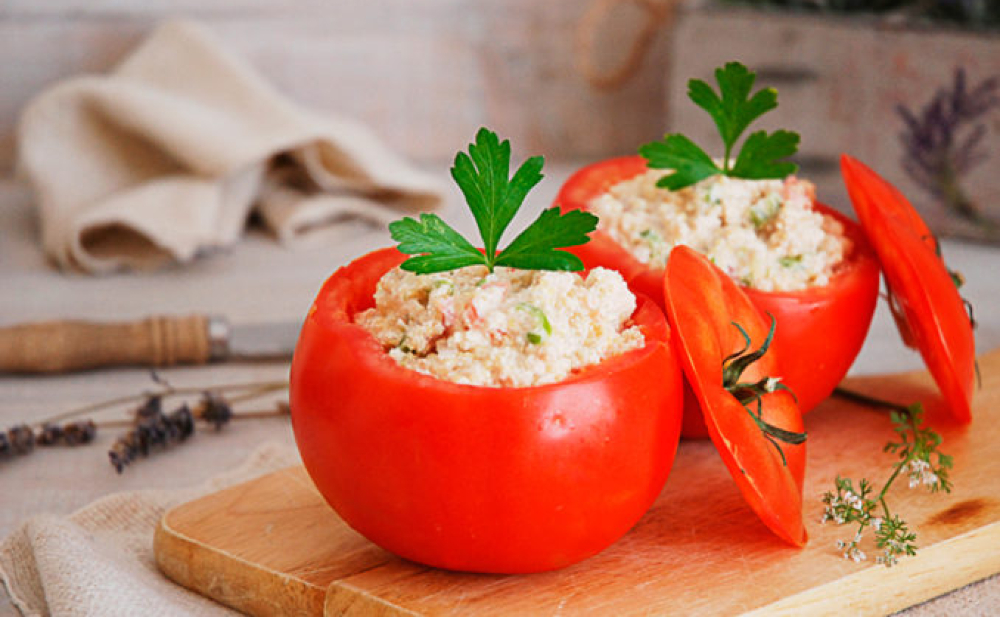
Hungry yet? Wait a little longer because we’re not done yet, there’s still one last Hispanic Christmas food to discover.
Spanish Food
Christmas in Spain is always accompanied by delicious Hispanic Christmas food. The dishes served at this time are the best of Spanish food.
The cochinillo or roast lamb is everyone’s favorite. Although it takes hours to cook, the meat takes on a tender texture and is full of flavor with the seasonings.
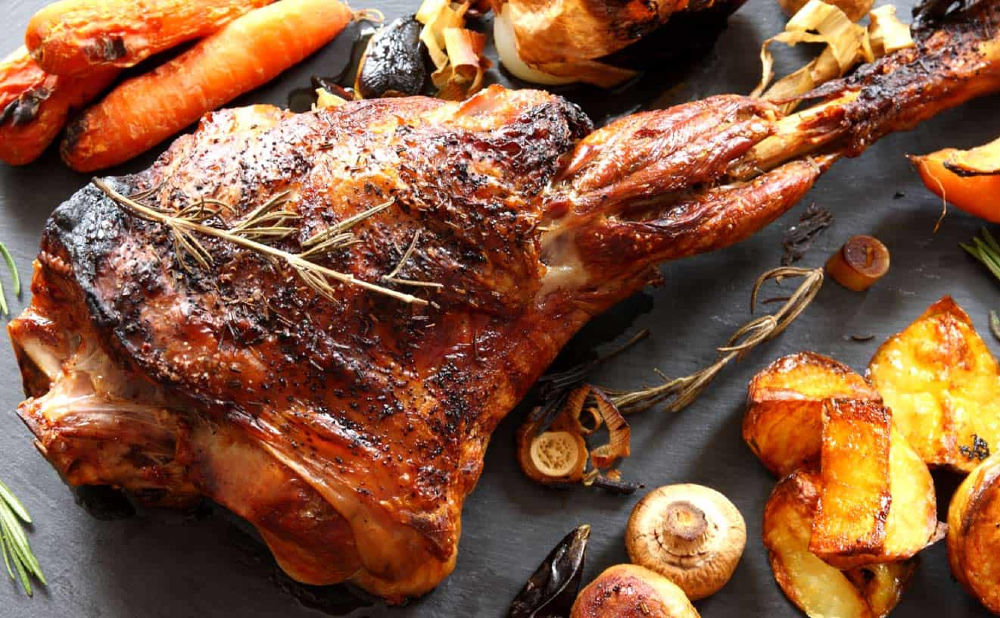
Hake in green sauce brings the sea to dinner, with its delicious combination of boiled egg, asparagus and clams has become famous throughout the country. Soups also take their place at the table, such as garlic soup and escudella catalana.
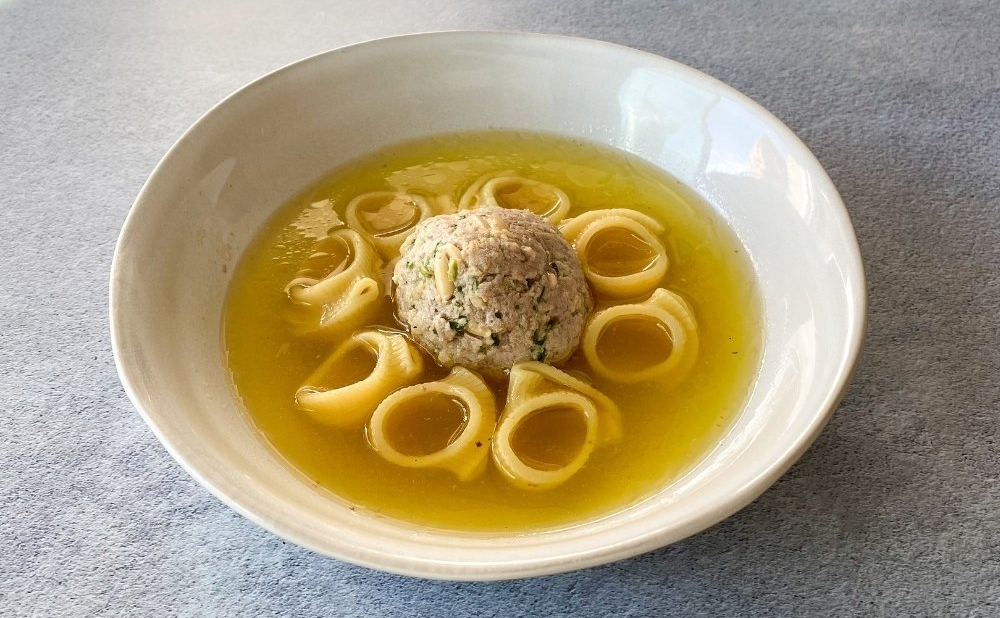
Appetizers with cheese, Iberian ham, preserves, pickles, and more are served to start. And, of course, sweets are a must.
Mazapanes, polvorones, nougat, and, later in January, roscón de Reyes sweeten the evening with their exquisite flavors.

Many regions in Spain add a specific dish to the evening’s menu, so the options for this day are almost endless. You should visit each region to familiarize yourself with its traditional Christmas food and immerse yourself in the country’s rich gastronomy.
Try more Hispanic Christmas dishes with Spanish Express!
You’re sure to be hungry after this delicious gastronomic tour, and we may not be able to take you to all the countries on this list, but you can come to visit us in Spain!
Not only will we teach you Spanish so you can visit Hispanic countries and experience these dishes first hand, but we also allow you to immerse yourself in the rich Spanish culture with our Homestay immersion.
What are some unique Hispanic Christmas Eve (Nochebuena) traditions in Latin America?
Christmas Eve in Latin America is a vibrant and diverse celebration. It’s marked by various traditions that vary across countries.
In Mexico, for instance, families often gather to enjoy Mexican hot chocolate, while in many Spanish-speaking countries, the night is filled with Christmas carols and elaborate nativity scenes depicting the story of Baby Jesus.
The night often culminates with “La Misa de Gallo” or the Rooster Mass, a Christmas mass held at midnight early morning, symbolising the belief that a rooster was the first to announce the birth of Jesus.
How is Mexican hot chocolate prepared and enjoyed during the holiday season?
Mexican hot chocolate, a staple during the holiday season, is renowned for its rich and distinctive flavor.
It’s traditionally made by dissolving Mexican chocolate infused with cinnamon and sugar in hot milk or water. Often, it’s whisked with a wooden tool called a ‘molinillo‘ to create a frothy top.
This warm, comforting drink is a sweet treat typically served during family gatherings, often accompanied by sweet bread or tamales. It’s a cherished part of Mexican Christmas food and celebrations.
Can you describe the role of Christmas carols in Hispanic Christmas traditions?
Christmas carols hold a special place in Hispanic Christmas traditions. Across Latin America and Spanish-speaking countries, carols are often sung during the whole family gatherings and community celebrations.
They are not only festive and joyful but also carry religious significance, narrating the Christmas story and elements of the Nativity.
In some regions, carols are a part of “Las Posadas,” a reenactment of Mary and Joseph’s search for lodging and integral to celebrations like Three Kings Day and the feast of the Immaculate Conception.
These carols, echoing through the early morning and midnight mass, beautifully blend the joy of the holiday season with the profound story of the Nativity, including the journey of the Virgin Mary and the birth of Baby Jesus.
People sing songs during these processions, enhancing the festive spirit and conveying messages of hope and joy, often accompanied by the soft glow of little candles and the warmth of family gatherings.
This rich tapestry of music and tradition makes the holiday season a truly unique and cherished time in many Spanish-speaking countries.
What distinguishes Mexican Christmas food from other Latin American Christmas cuisines?
Mexican Christmas food is unique in its use of spices and ingredients. The traditional dishes often include a mix of indigenous and Spanish influences.
A classic example is the Mexican hot chocolate, flavoured with cinnamon and served warm. Other staples include tamales, which are corn dough parcels filled with meat or sweet fillings, and pozole rojo, a hearty soup made with hominy and pork.
The use of mole sauce, a complex and rich sauce containing chocolate and various spices, is also distinctive in Mexican cuisine, setting it apart from other Latin American countries.
Live and study Spanish in your teacher’s home!
We have a long list of beautiful cities available that are waiting for you. Barcelona, Burgos, Cádiz, Girona, Palma de Mallorca Madrid, Mallorca, and Valencia, could be your next destinations!
Dare to live an unforgettable experience and get ready with Spanish Express.
We will be waiting for you with a delicious Christmas meal in our hands.
¡Buen provecho!
Related Posts
Christmas in Latin America: which country spends the most on gifts?
Christmas in Spain and Latin America: how is it celebrated?
New Year’s Eve in Latin America: the funniest and most surprising traditions
New Year’s Eve in Spain and Latin America: how is it celebrated?



